The UCD Derma Seminar series recently heard a talk by surgeon Ms Siún Murphy on the enigma of how we all scar differently.
The Charles Institute, Ireland’s national dermatology research and education centre, hosts a range of guest speakers who cover a variety of topics ranging from skin cancer to psoriasis, among others. The series, which is sponsored by RELIFE (part of the A.Menarini group), is designed to provide expert advice from a range of distinguished national and international experts in their respective fields and is chaired by Prof Desmond Tobin, Full Professor of Dermatological Science at UCD School of Medicine and Director of the Charles Institute of Dermatology. The seminars are broadcast to attendees with a special interest in dermatology and cutaneous science in other locations, who access the talks remotely via an audio-visual link. Attendees heard a presentation from Ms Siún Murphy, Constructive Plastic Reconstructive and Aesthetic Surgeon at the Blackrock Clinic and Hermitage Medical Centre in Dublin. Ms Murphy delivered a talk titled ‘Life Under the Knife’ to illustrate the need to view each patient differently, including different scarring reactions to surgical procedures. She discussed the human and biological responses to surgery and the challenges in understanding why skin responds differently to surgery or trauma.
Cellular pathways
Ms Murphy described how the cellular pathways of healing responses are well understood, however the process following these events is still elusive. “Why do some humans make beautiful scars? Why do they predictably, or most often unpredictably, make pathological scars such as hypertrophic or keloid scars?” she asked the attendees. There are also knowledge gaps in why some ethnic groups have a predisposition to forming pathological scars, and whether this can be predicted or prevented. How our knowledge of cellular pathways in wound healing can improve our treatment of scars is a key objective, and collaboration is key, said Ms Murphy. She gave a brief overview of some of the personal experiences that led her to pursue a career in surgery, and showed the attendees a range of images of surgical procedures and the resulting scars. “Plastics [reconstructive surgery] in general involves paediatric and adult surgeries, burns and hand traumas for example… you see a lot of burns and a lot of trauma when you’re training,” she explained. “There is quite a bit of reconstruction, for example breast reconstruction, but it’s predominantly trauma. The teaching hospitals in Ireland are so overwhelmed with trauma cases that you really end up cutting your teeth on these as a plastic surgeon.”

Ms Murphy told the attendees: “It’s the trauma that makes the scar, and the rest is kind of up to nature,” she said. “I had a medical student recently who said, ‘it’s amazing how you see patients who have had exactly the same surgery, by the same surgeon and in the same place, but the scars are wildly different’.” Another key consideration is to make efforts to ensure that the surgery patient’s interaction with the hospital facility is as limited as possible, she said. “No matter what we do as surgeons, we scar,” said Ms Murphy. “But we can make them better – we can get trauma patients who have scars from life events, stabbings or burns or accidents, and we can try to make them better.”
Breast surgery
Differentiation in surgical scarring is often seen in vertical breast reductions, she continued. “There is a massive difference between breast surgeries,” said Ms Murphy. “That whole horizontal component of scarring in breast surgery is the bit of the scar that is always bad, so if you can get away with just a vertical scar, sort of like a lollipop shape on the breast, it’s going to be infinitely better because you’re effectively halving the scar.” Ms Murphy gave the seminar a range of illustrated case studies of the wide range of procedures a plastic or reconstructive surgeon will have to deal with, including finger, toe or scalp amputations. “You have to work from the ground-up,” she told the attendees. “You have to get the bone stable, you have to get the muscles back into some kind of working order, and you have to get the vessels working. If you have a foot that doesn’t have sensation and blood supply, that’s no use to you [in terms of surgery].” Sometimes, amputation is the safest option, she explained. Ms Murphy briefly described how wounds are classified, and outlined the phases of wound healing. She also discussed hypertrophic scars as “the next level” in scarring: “The difference between keloids and hypertrophic scarring is, the hypertrophic scars are angry, bubbly, and itchy, but they will settle down in time. If you were to biopsy them, you would see that there is a [healing] pattern, but it is abnormal. Keloids spread beyond the border of the initial injury and do not regress. It always amazes me that teenage girls can get their ears pierced and have a one-in-300 chance of getting a keloid scar that could look like a potato behind their ear, and nobody tells them.”
Ethnic predisposition
She explained some of the options for treating hypertrophic scars, including specialist taping techniques, occlusion therapy and massage. “Keloids are a whole different thing,” she continued. “They are such a massive insult to the body but can happen because of such innocuous stimulus. Are they tumour-like? Is there a predisposition in some cohort of the human race that will create a tumour in response to some kind of an insult, such as a scalpel, or is it just an exacerbated version of hypertrophic scarring?” There is a definite ethnic disposition towards keloid scarring among Asian, African and young skin and these scars can be predominant at the back of the ear, front of the chest and side of the shoulder. One of the research objectives going forward is to understand why this happens, said Ms Murphy.
Keloids are such a massive insult to the body, and can happen because of such innocuous things
She described how doctors across all specialties are “fighting our own battles in different parts of the body” and in that regard, multidisciplinary collaboration is key. She spoke about how keloid scars can sometimes be addressed using freezing techniques, injections, microneedles, radiotherapy (“which I wouldn’t normally advocate”, she added), gels, or combination therapy. “In my world, combinations is certainly where it’s at,” she said, adding that over-the-counter hydrogels have very little real-world impact. Ms Murphy summed-up some of the knowledge gaps in scarring that still need to be addressed. “Why do keloids not happen on mucosal surfaces? Why is there an ethnic predisposition? Are they actually tumours, or is it all about inflammation? Why does microneedling work – if you do microneedling for anti-ageing purposes, you are inducing tiny spots of trauma,” she said. “The idea is that you are trying to up-regulate the collagen, so why does that work on scarring?”
Ms Murphy also briefly discussed the benefits of botulinum toxin A, pre-operative chemical splints and natural remedies. “We use botulinum toxin A for lots of things in medicine,” she told the seminar. “Overactive bladder, migraines, vocal cord issues, sweating on the scalp or armpits, aside from the aesthetic component to it… some people have alluded to injecting botulinum toxin A directly into scars to manage them at a fairly early period,” she continued. “I started to mix it with steroids at a high dose and this seems to work. Botulinum toxin A acts on the neuromuscular junction to cause muscle paralysis, which inhibits the release of acetylcholine. People are terrified that all their muscles have stopped working. They have not – we are simply stopping the communication between the nerve endings and this stops at the end-point, which is the muscle contracting as strongly as it can.”
Fibroblasts
In a lively clinical discussion and Q&A following the presentation, Prof Tobin commented on how scar tissue never quite returns to full function. “You drew our attention to how for a long time, fibroblasts were regarded by biologists as ‘weeds’,” he said. “We never really considered them as sophisticated, intelligent cells, in the way we might perhaps have described neurons, melanocytes or even Keratinocytes.
“Now, increasingly, including in UCD, the different subtypes of fibroblasts are coming to the fore, and it will be very interesting to see when we map the body, for example, how the behaviour of what we call a fibroblast in one area is likely to be very different [to another]. This may relate to differences in tension at different body sites, including in terms of weight, for example. I think it would be great for us to focus on the site-specific nature of scar outcomes, and of course patient age is another dimension to that. “In your experience as a surgeon, is there any particular part of the body where fibroblasts may provide the best scarring outcome?” Ms Murphy replied that the labia may be a good example of this phenomenon: “If you think about a labia, where you have a mucosal surface but it’s exposed to the environment,” she said. “A labia does get a layer of keratinisation essentially on it, particularly in older Women.”
Concluding, Prof Tobin thanked Ms Murphy for her terrific support of skin research at the Charles Institute, including via providing access to patient samples, and congratulated her recent joining of the UCD School of Medicine clinical pathway. “This will further grow our level of engagement with Ms Murphy in terms of research collaboration,” said Prof Tobin.

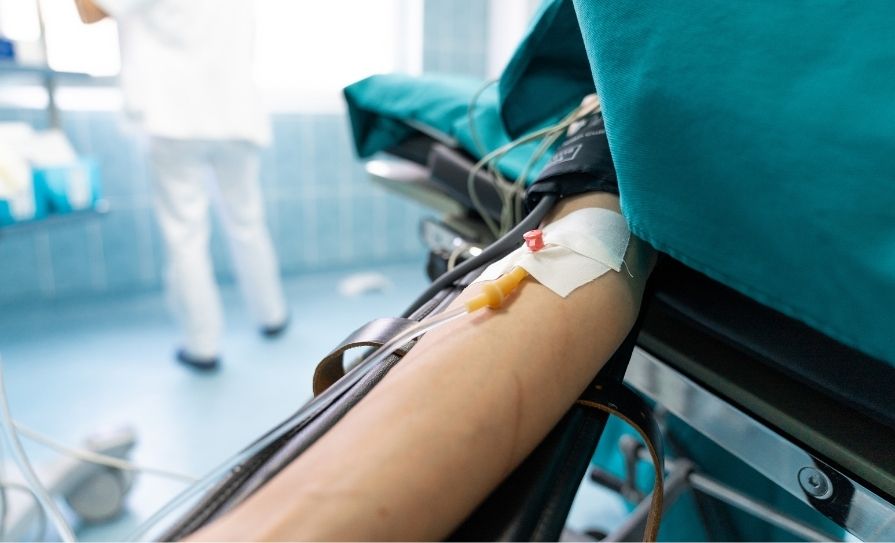
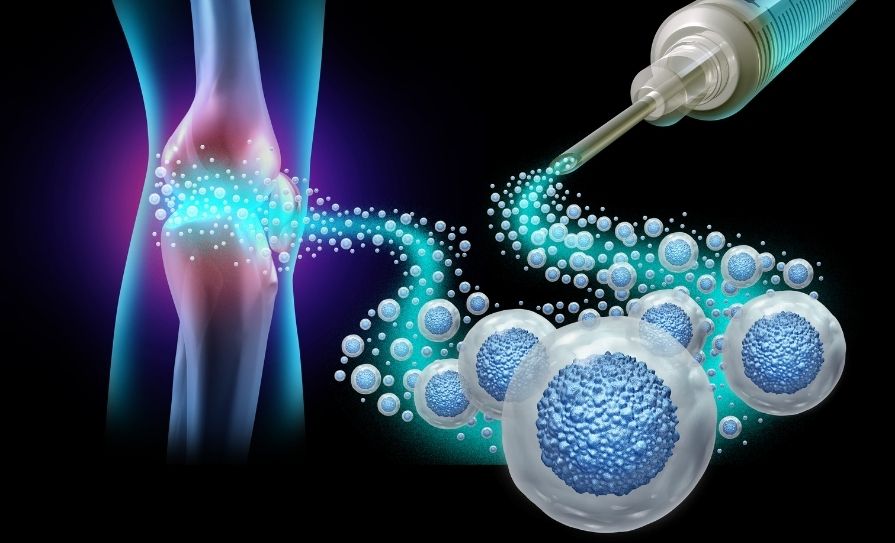
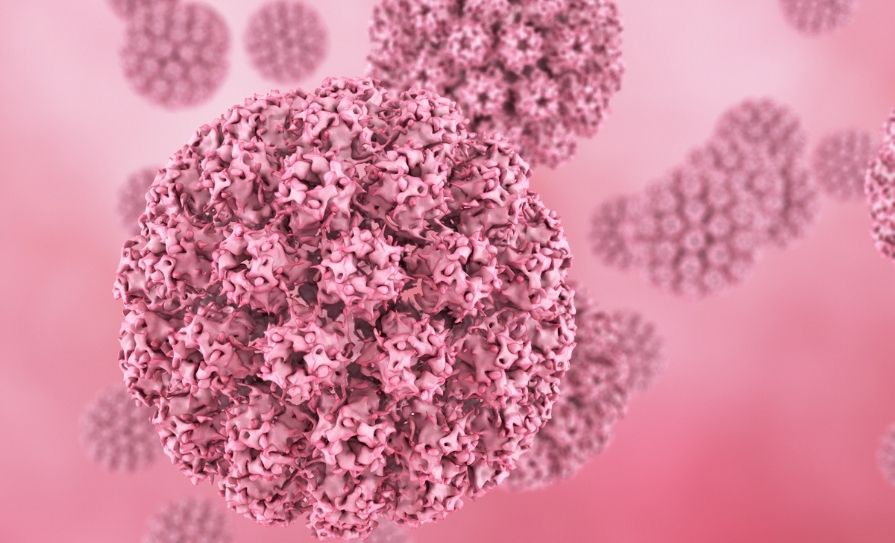
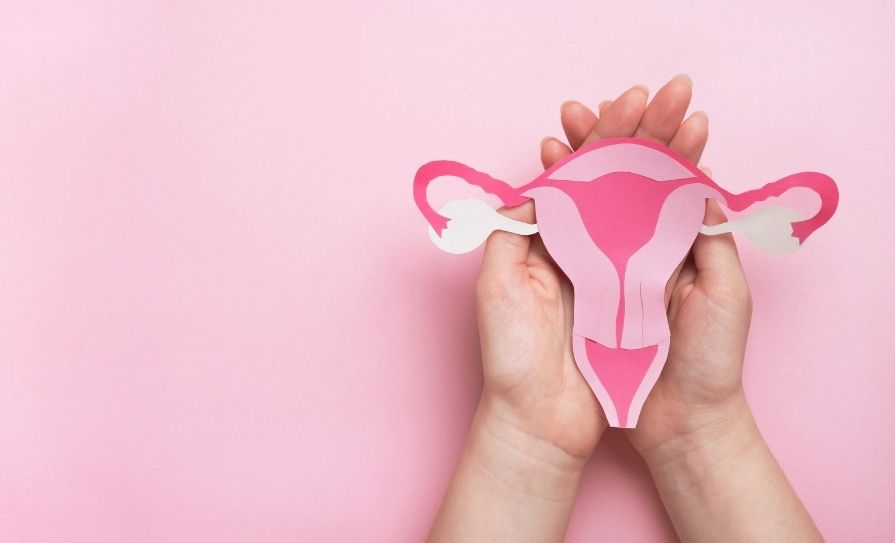

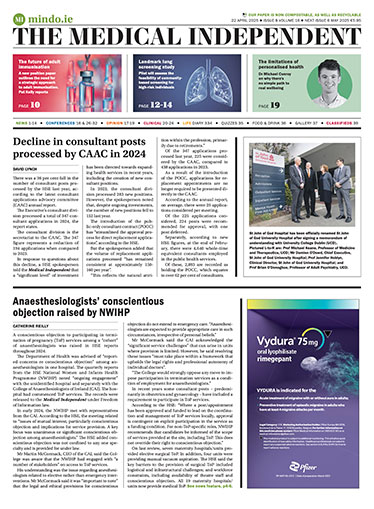






Leave a Reply
You must be logged in to post a comment.